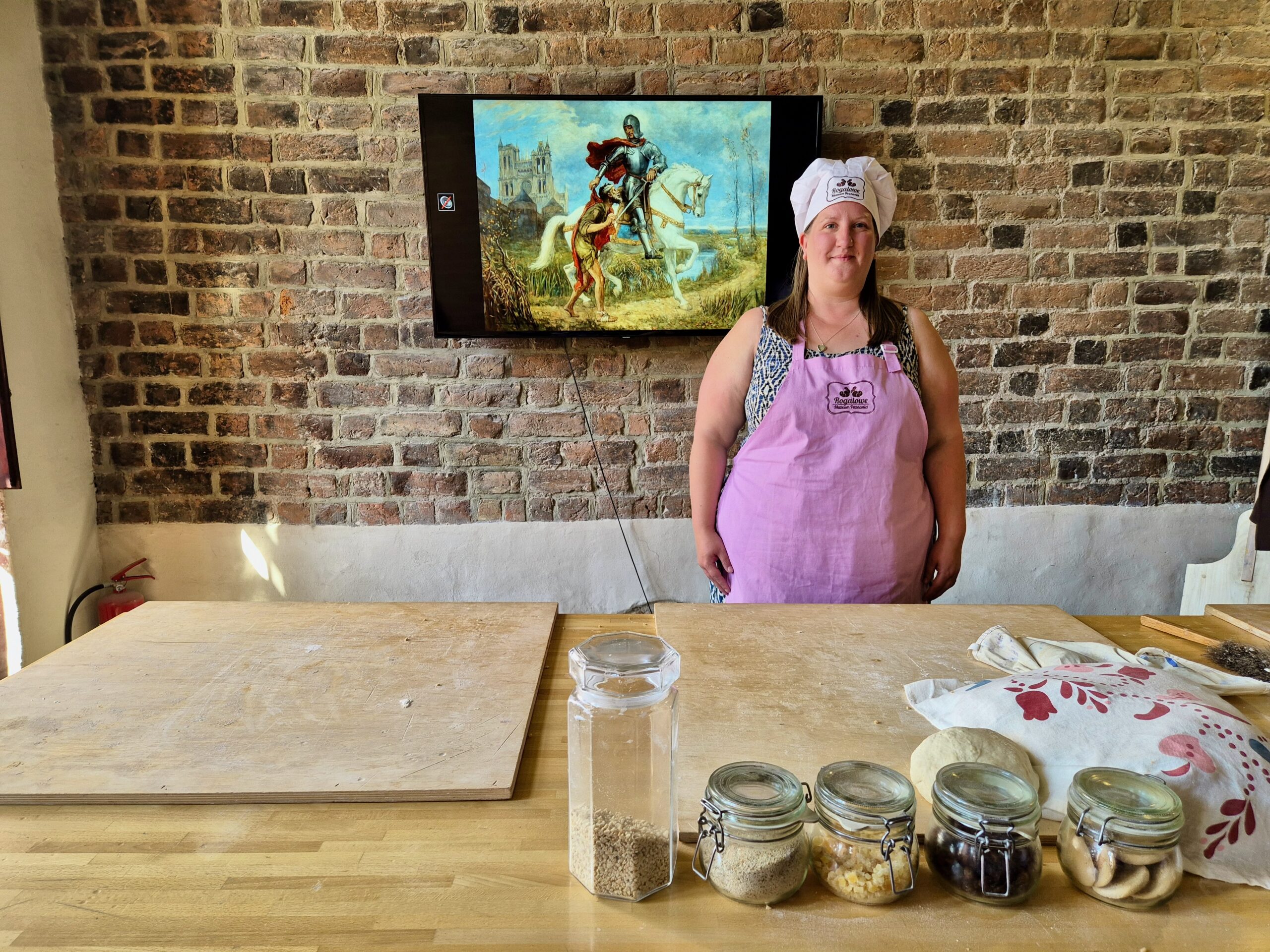During a holiday to Poland, I took a train trip just to visit the Croissant Museum (aka Rogalowe Muzeum Poznania) in Poznań. Learn more about this quirky museum, why you should visit and what to expect from a tourist’s point of view.
Address
Stary Rynek 41/2 (entrance from Klasztorna Street 23),
61-772
Poznań,
Poland
Contact information
Enquiries: muzeum@rogalowemuzeum.pl
Telephone: +48 690 077 800
Website: https://rogalowemuzeum.pl/en/
Ticket prices
Croissant shows(9:30, 12:30, 15:30) | Croissant + goat shows at 14:00 (Now available in English!) | ||
| Open shows in English (from the age of 3) | – | 37 PLN / pers. | |
| Open shows in English (under the age of 3) | – | 1 PLN / pers. | |
| Dedicated shows for groups in ENGLISH,in GERMAN or in FRENCH | 37 PLN / pers.min of 25 tickets | 37 PLN / pers.min of 35 tickets | |
| Open shows in Polish | 29-33 PLN / pers. | 34-37 PLN / pers. |
Show times
There are various show times throughout the day, however most of them are aimed at Polish speaking guests. English speakers should book onto a show at 2pm. These are year round on Saturdays and Sundays with some weekday shows depending on the time of year.
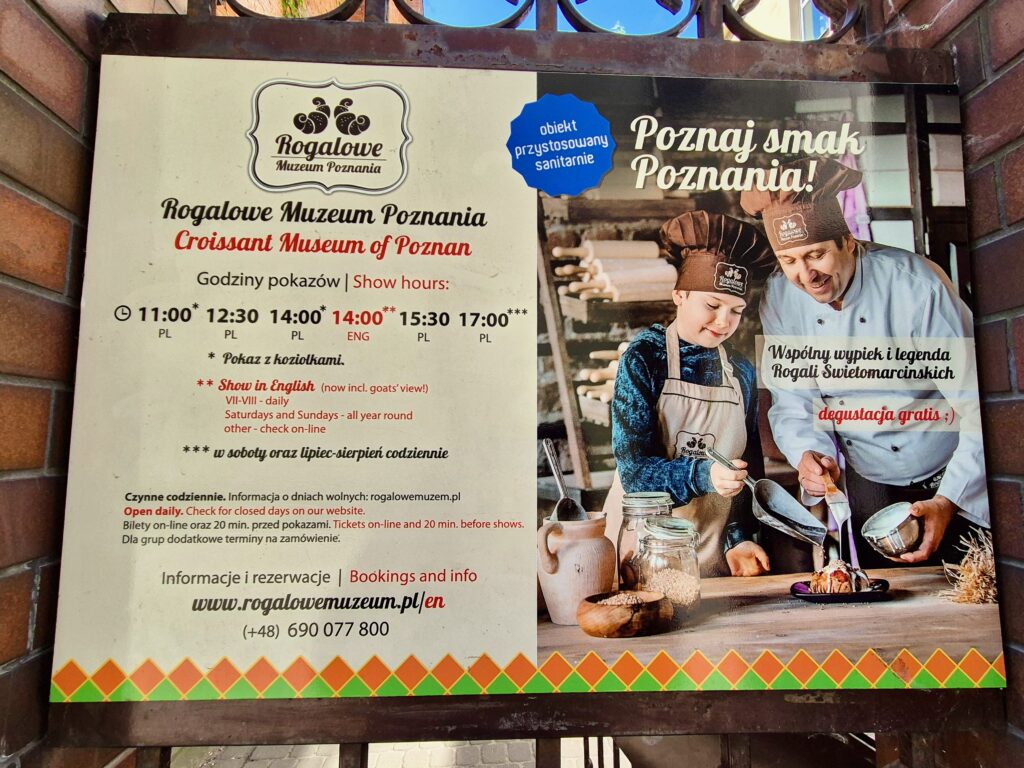
When do I need to arrive?
If you already have tickets and have booked online, you can arrive any time up to 10 minutes before the start time. If you need to buy tickets, arrive at least 20 minutes before. I would recommend arriving a little earlier than this if you want to get a good seat.
How long does the show last?
The show at the Croissant Museum in Poznań lasts for roughly 1 hour. If you attend the 2pm English show, the goat show starts at 3pm.
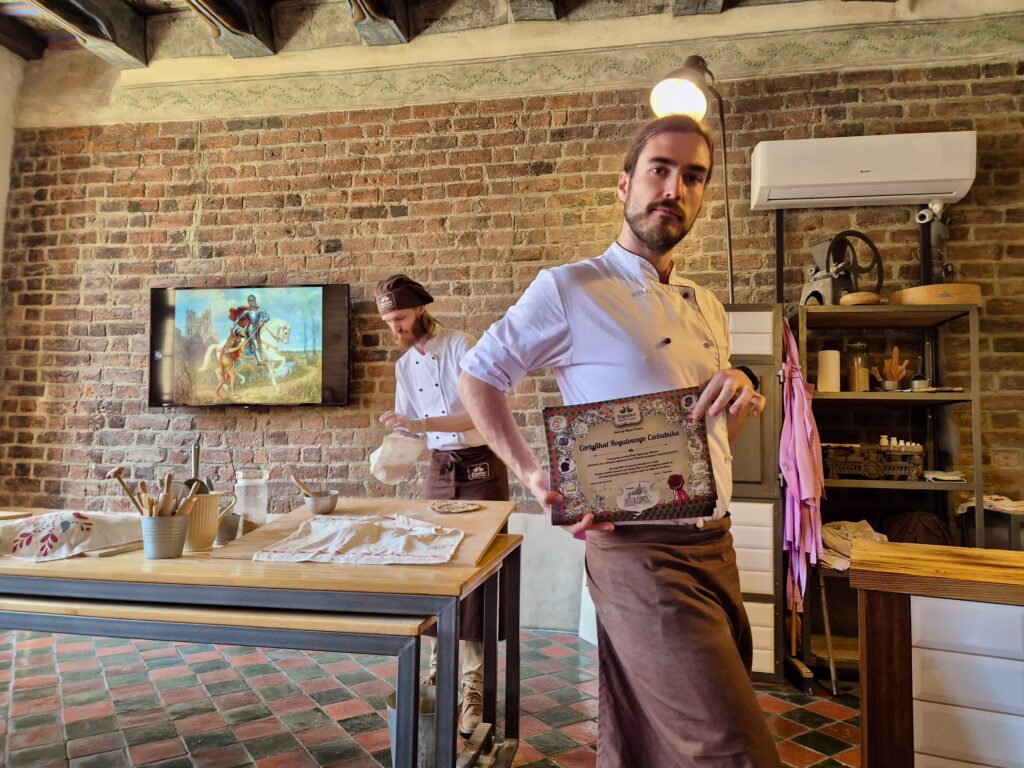
The Croissant Museum of Poznan
Firstly, it’s important to say that this isn’t really a museum at all. In fact, this is more of an informational talk with some hands on parts for a few participants.
When you arrive, you can choose where to sit in the room upstairs. There are two rows of benches and if you want to take pictures, I advise getting there early to sit in the front row. There’s a good view wherever you sit but the front row will be unobscured. You are not allowed to film any of the show.
St. Martin’s croissants
Your visit to the Poznan Coissant Museum starts by finding out the history of St. Martin croissants (aka rogale świętomarcińskie in Polish). The legend suggests that St. Martin was a Roman soldier. One day, he noticed a beggar dressed in rags with not much else to his name. Instead of leaving him there, he cut his cape in half and gave one half to the beggar.
Years and years laters, in 1891 a baker heard of this story and decided that he wanted to do a good deed in the same way. The baker had an encounter with a knight in shining armour, on a great horse and saw a horseshoe lying in the snow. This inspired the baker to make a horseshoe-shaped pastry with a poppy seed filling. The next morning, these pastries were handed out to the poor people, with rich people having to pay for them. After the baker died, others took on the tradition and guarded the recipe.
Now to the present day, the St. Martin’s croissant is a legally protected croissant. If the original recipe is not used, the croissant must be called something else. You must have a license to make and sell it according to the exact, original recipe.
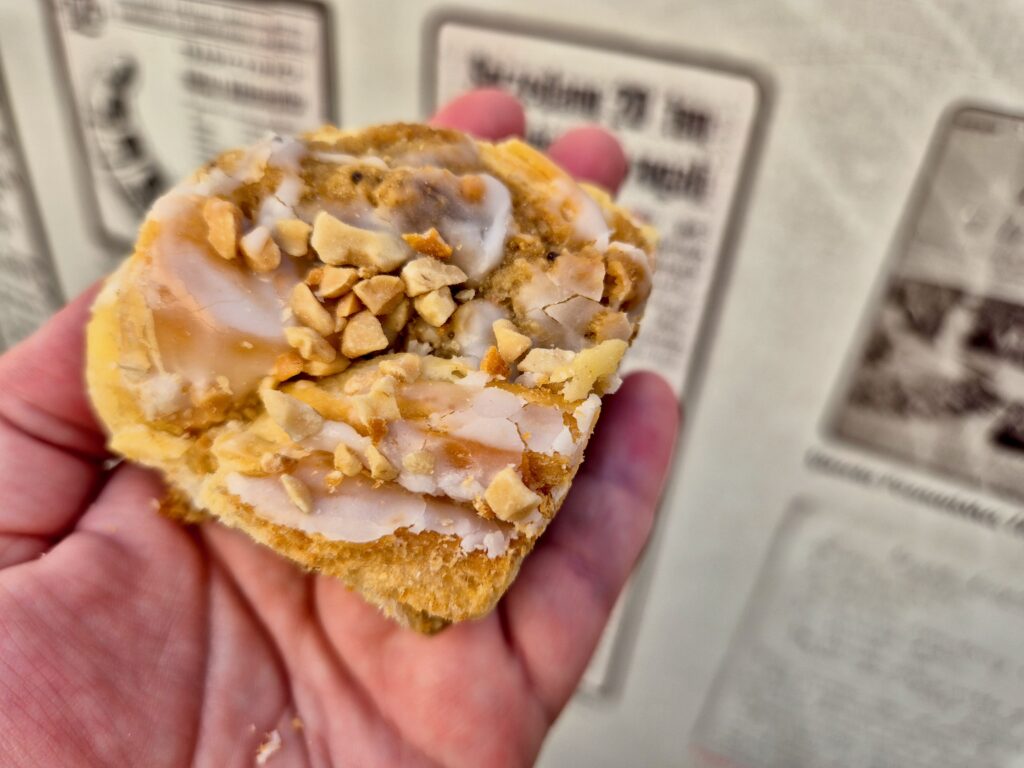
Although I do not know the exact recipe, there are a few things that I know are in a St. Martin croissant and these are:
- puff pastry, folded 81 times
- white poppy seeds
- figs
- walnuts
- hazelnuts
- raisins
- orange peel
- dried fruits
- cream
There are secret ingredients of its recipe, which is why this isn’t an exact list!
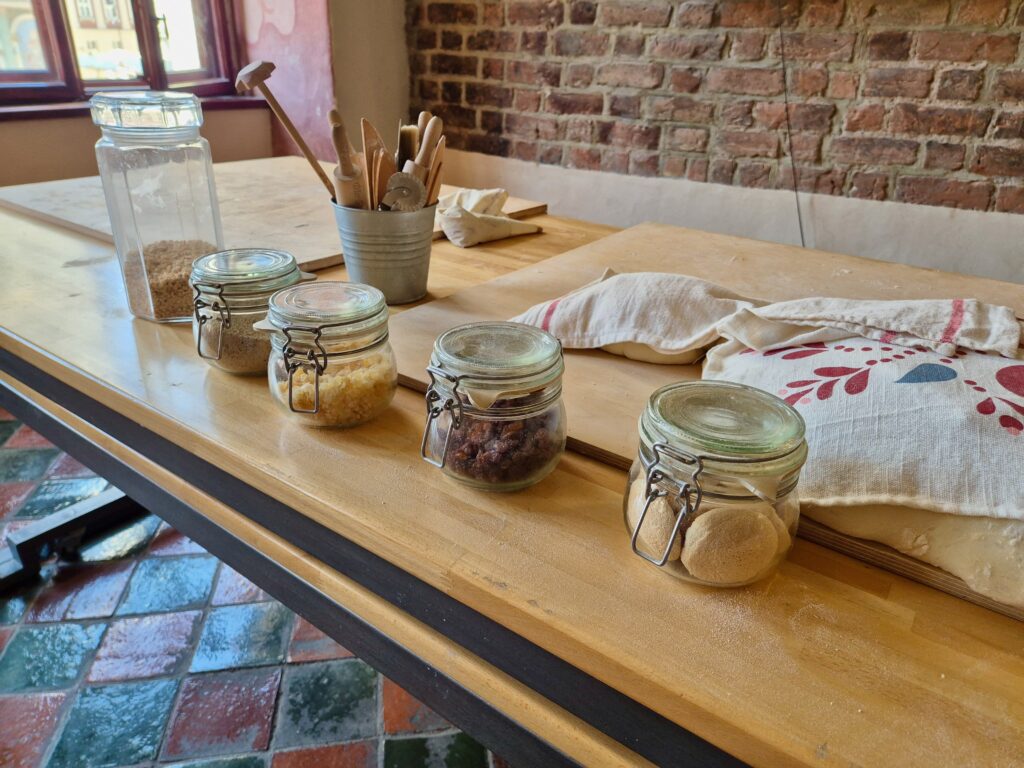
The croissant show!
As I said before, this is a show more than a museum. The wonderful people working there are fantastic and really do put on a great show. First, you learn a bit of history of the city, as well as the history of St. Martin. The talk is really quite funny, and encourages audience participation with answers to some questions, and attempting to say some words in Polish. I imagine the Polish version of the show is quite different!
After the history part, it’s time to get hands on at the Poznan Croissant Museum. This is when you get to learn how the famous croissant is actually made, sort of! A few volunteers are needed and I couldn’t put my hand up fast enough! These people are kitted out with an apron and a chef’s hat, then called upon at different stages of making the croissant. It’s definitely not the exact art using the traditional recipe however, it was a lot of fun to get to be involved. For my part, I had to roll out the dough before it was made into the shape of the croissant. Again, the staff are really funny and make this part as fun as possible. I was so glad I got to volunteer and have something to do with this legally protected croissant.
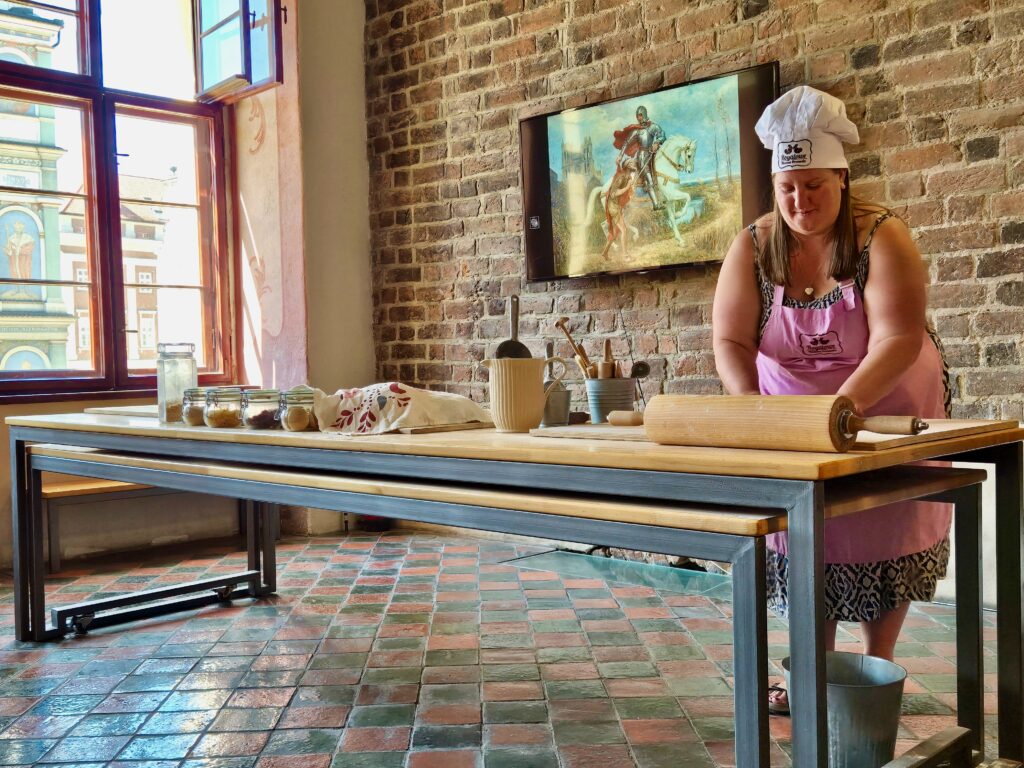
11th November is St Martin’s Day or Martinmas.
Watch the goats
At 3pm, it was time for the goat show to start. Now, I don’t know what I expected from this beforehand but it definitely wasn’t what I actually got. The Croissant Museum is situated across from town hall, and this is where you can see the goat show.
The story goes that the clock needed to be rebuilt after the great fire in Poznań, ordered from master Bartholomew of Gubin. A feast was planned to celebrate the occasion and a young cook, Pietrek, was appointed to prepare the main dish. Pietrek got distracted though and the deer leg he was supposed to cook ended up being burned and ruined. He found a couple of billy goats in a field and kidnapped them, taking them to the town hall kitchen. The goats escaped though and were seen butting heads and fighting at the top of town hall. As people were amused by what happened, the mayor pardoned Pietrek, and the watchmaker was ordered to make a mechanism that would activate the clock goats every day. Now, when the bugle calls, two mechanical goats butt heads for a little while.
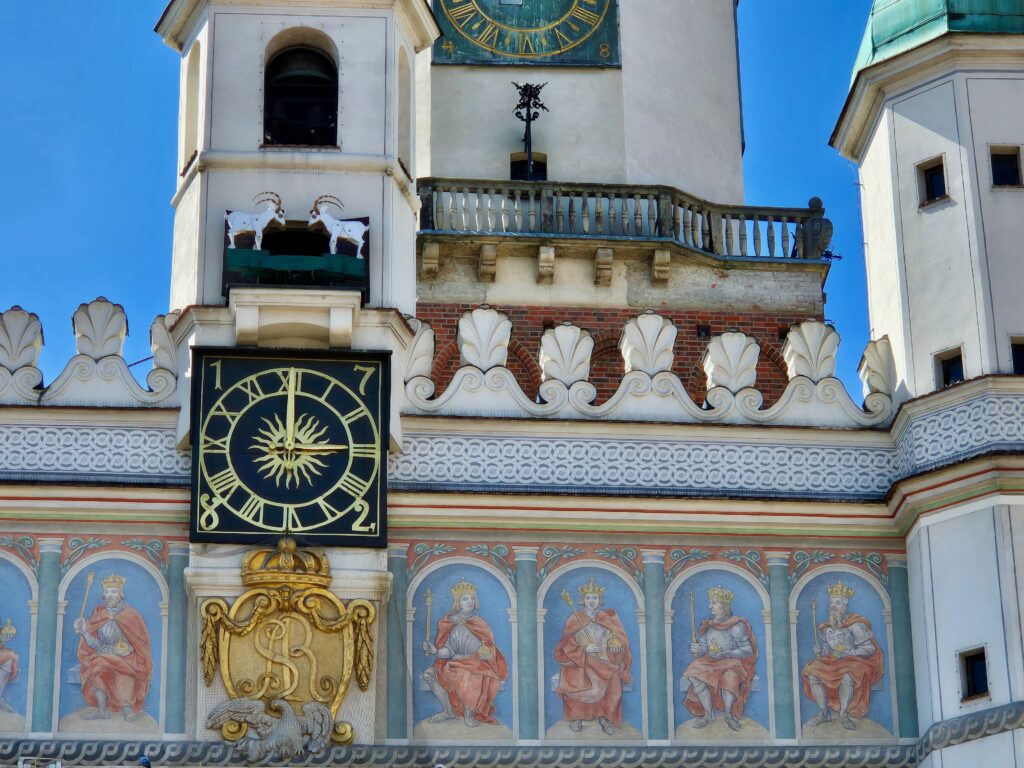
Was it worth the trip?
I loved my time at the Poznań Croissant Museum and although it wasn’t quite what I was expecting, it was a great place to visit. The staff really made this visit memorable, putting in their personality and humour to keep us entertained throughout. I can see why this is a popular museum in Poland.
I enjoyed learning about the history of St. Martin and how the croissant came to be such an important thing in this part of Poland. If you get to visit, I highly recommend volunteering to be part of the baking show. It’s something you won’t forget! The museum is location in the very heart of the city of Poznań, gives a unique view of the city and is also fun family entertainment if you want to take the kids with you.
Other things to do in Poland:
- Wroclaw Zoo
- MovieGate, Wroclaw
- Hydropoils, Wroclaw
- Kolejkowo Wroclaw (Miniature world), Wroclaw
- Learn about the St. Martin Croissant at the Croissant Museum, Poznan
- HistoryLand, Poznan

